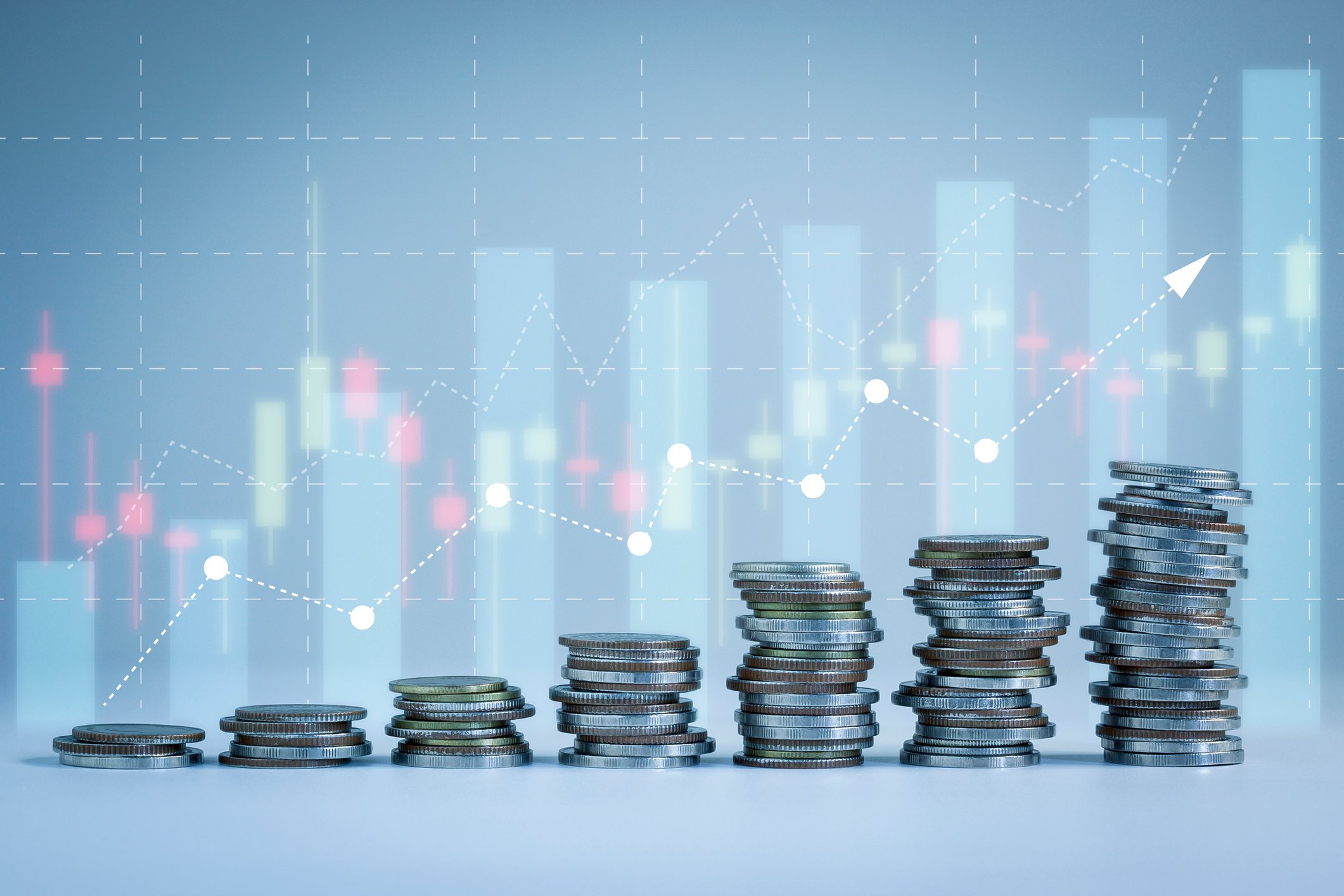
Source: Kinder Morgan.
The plunge in oil prices over the past year really caught everyone off guard. Oil producers had plans on pumping out $100 oil in perpetuity as demand for oil was growing while supplies always had a hard time keeping up. That was until the U.S. shale boom took off, which pushed supplies up a bit quicker than expected as oil companies got really good at getting oil out of shale. Meanwhile, demand became more sluggish than expected -- handicapped by slowing growth in Asian economies. However, lower oil prices tend to be the cure for weak demand and that medicine appears to be kicking in.
The response we've all been waiting for
On Kinder Morgan's (KMI +1.73%) last conference call the energy infrastructure company noticed something in its products pipeline division, which moves gasoline, diesel, and jet fuel to end users. The company's COO Steve Kean pointed out the strong results of this business segment by saying:
All refined product volumes, gas and diesel and jet, were up in 2014 versus 2013. Including Plantation, gasoline volumes were up 4.4% for the full year versus 1.5% without Plantation and 1.1% for the EIA. Much of the full-year difference is due to Plantation, therefore, but in the fourth quarter we saw gasoline volumes on SFPP, our West Coast system, up 4.4% year-over-year and what we believe is a sign of economic improvement in the markets we serve, and also, in part, perhaps the beginning of a demand response to lower prices.
First off, Kean notes that the petroleum product volumes that pass through the company's pipelines were up last year. However, he notes that a big contributor to this increase in volume was due to the additional volumes from the Plantation pipeline, which was recently expanded. That said, Kean does point out that during the fourth quarter that gasoline volumes on its West Coast system were up 4.4% over the previous year's fourth quarter. He suggests that this indicates not only economic improvement, but possibly a demand response from lower oil and gasoline prices.
Demand cures low oil prices
We know that higher oil prices, which makes up a bulk of the cost of gasoline, tends to cause consumers to think twice about driving unnecessarily. As an example, when gas prices are high we try to make do with what we have at home instead of running to the grocery store for one specific ingredient. We can see this correlation in the chart below.
U.S. Oil Consumption data by YCharts
Higher gas prices, along with a number of other worries, finally caused Americans to slam the brakes on oil consumption during the financial crisis. However, as gasoline prices bottomed out we began to see an uptick in U.S. oil consumption in 2010. It's not a perfect correlation, but lower gas prices do tend to create a bit of a demand response as consumers no longer let gas prices dictate their driving habits. In fact, economists have noted this trend over the years and are now estimating that globally there is a 300,000 barrels of oil per day in demand response for every 10% decline in the price of oil, though, that response comes with a time lag.
So, given what Kinder Morgan saw in its West Coast system during the quarter, it would appear that lower oil prices are slowly leading to increased consumption of gasoline as drivers ease off the brakes. This trend could accelerate in the year ahead as lower gas prices begin to change driving habits worldwide, leading to increased demand for oil.
Investor takeaway
Kinder Morgan appears to be providing one small clue that demand for petroleum products is picking up in one of its key markets. This doesn't mean the oil glut is over, but it does suggest that the glut of oil currently on the market could begin to work itself off as demand slowly begins to pick up. This would lead to a firm bottom in oil prices and more clarity for energy companies and their investors.







